Research
Search our website
Search our website by entering a keyword or choose a database above to search specifically.
Search
Showing search results 3,811 - 3,820
14,714 results found
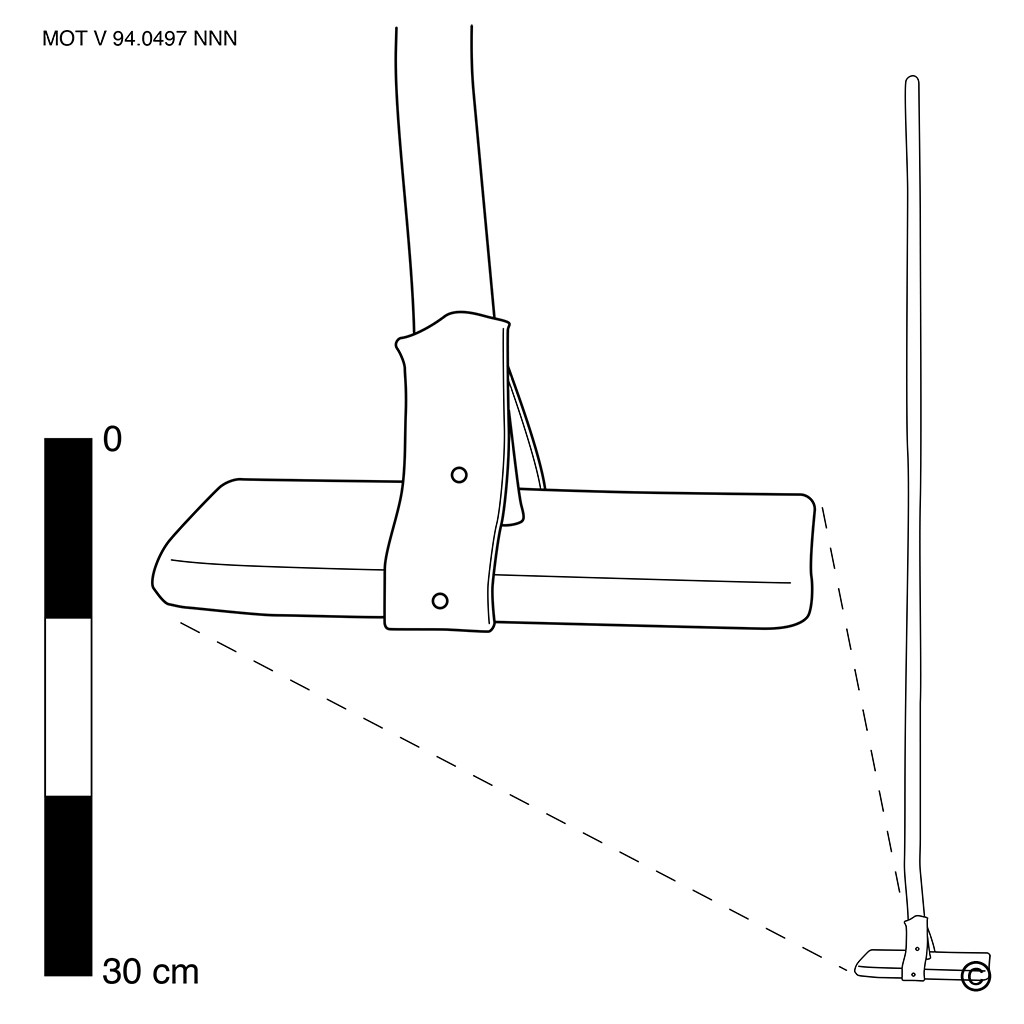
Manure tiller
This text can only be consulted in Dutch
<https://www.mot.be/resource/Tool/manure-tiller?lang=nl>
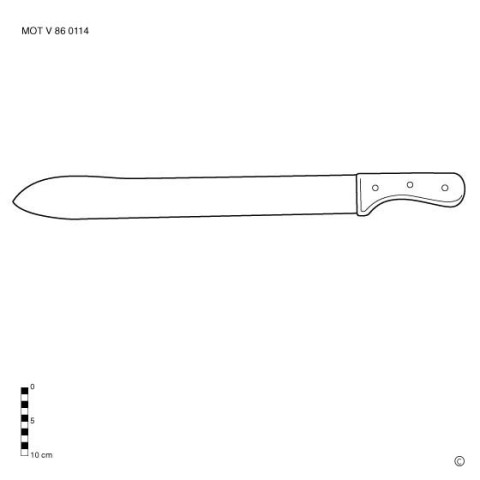
Machete
"Machete" is a general term for a hand tool that is used daily in Latin and
South America, Central Africa and Southeast Asia, including as a billhook.
The tool is indispensable on the cocoa, coffee and sugarcane plantations,
on the corn fields, in the hemp or sisal cultivation (1), but it is also an
all-round tool par excellence. After all, with the machete you can also mow
grass (2), chop cassava stems and peel cassava tubers, harvest bamboo, fell
thin trees, cut your way in the jungle or in thorny vegetation, cut down
coconuts, skin killed animals, cut meat and fish, dig tubers out of the
ground, peel trees as with the strip drawing knife (3), etc.; it is also
used as a weapon (4). The machete has a long (25 to 75 cm) metal blade (5).
The back is straight or slightly concave, the cut is straight or rounded
towards the tip (6). The blade can be 3 to 10 cm wide and cuts on one,
exceptionally on both sides. The handle is made of wood, leather, rubber or
plastic. Sometimes there is a hole...
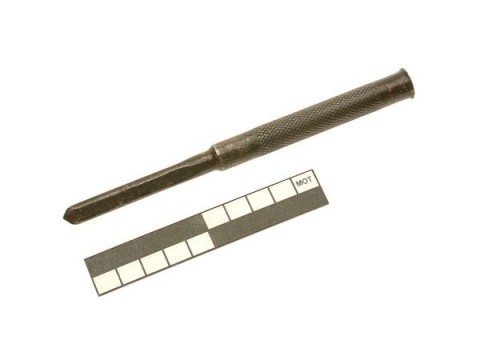
Masonry drill
This text can only be consulted in Dutch
<https://www.mot.be/resource/Tool/masonry-drill?lang=nl>
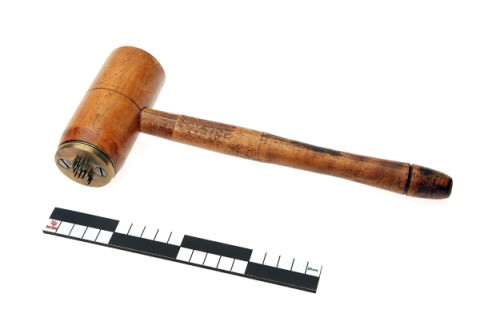
Marking hammer (tanner)
Wooden hammer with a metal plate on the track, on which a pattern of small
nails is attached; those nails can form letters or a figure. The tanner
marks the skins with the stamp hammer: when beating the nails, they make
holes in the animal skin. See also the marking hammer of a lumberman. [MOT]
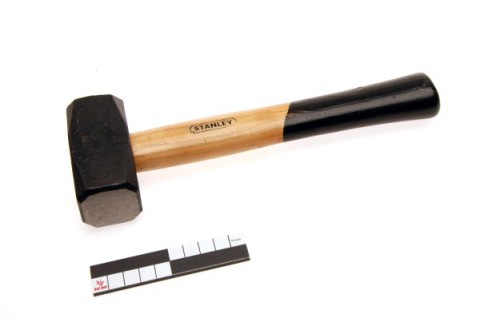
Mash hammer
Steel hammer (approx. 1-2 kg) with two square, flat tracks, usually
chamfered at the corners, and a short (approx. 20 cm) handle. The
bricklayer uses the mash hammer for demolition work. In doing so, he hits
the pinch bar with the hammer. Distinguished from the club hammer which is
heavier and has a longer handle. [MOT
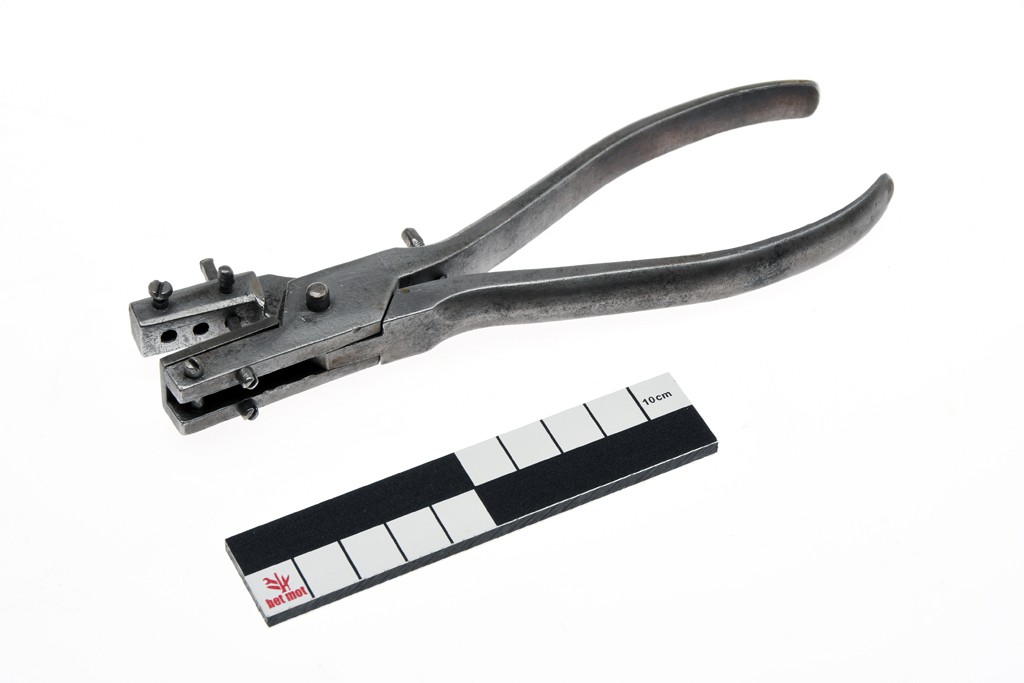
Mainspring punching pliers
This text can only be consulted in Dutch Barrel hook and mainspring
punching pliers (MOT V 92.0424)
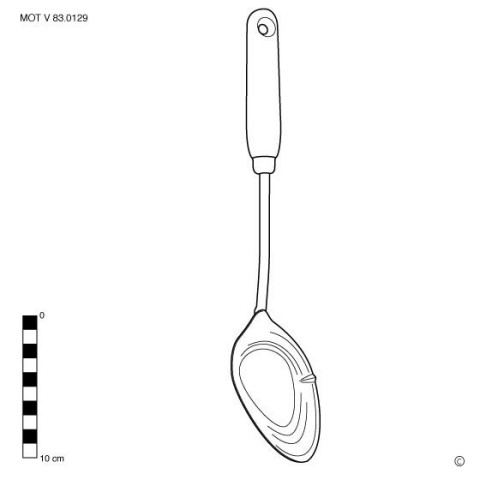
Measuring spoon
This text can only be consulted in Dutch
<https://www.mot.be/resource/Tool/measuring-spoon?lang=nl>
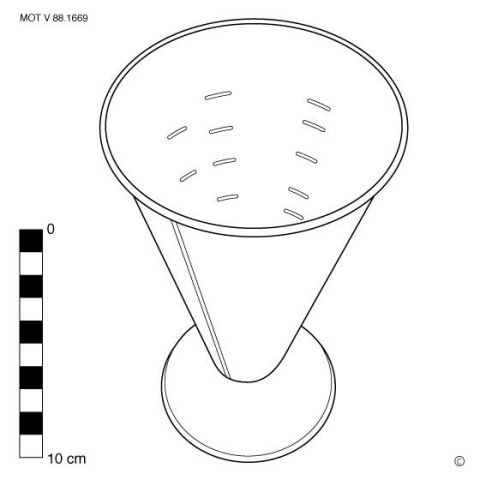
Measuring cup
This text can only be consulted in Dutch
<https://www.mot.be/resource/Tool/measuring-cup?lang=nl>
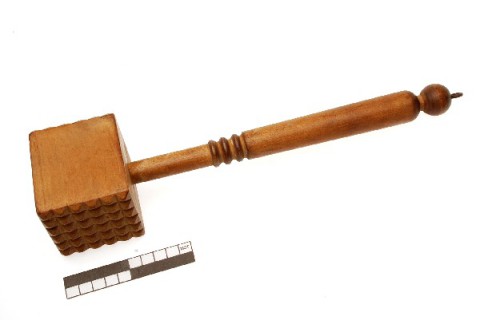
Meat tenderizer
To tenderize meat, one can use a meat pounder or a meat tenderizer. The
latter is a wooden hammer - porcelain or aluminum is sometimes used - with
a cylindrical or rectangular head with solid, pyramid-shaped buttons on
both sides. There are often larger buttons on one side than on the other;
for thick and thin cuts of meat respectively. These buttons can be cut from
the wooden head, but this can also be a stainless steel plate with buttons
attached to the face. The head of the meat mallet can also have an axe, ice
pick (1) or steak greith (2) on one side. Another model has a handle on top
instead of a hammer handle. [MOT] (1) See ''The Stanley Catalog Collection
1855-1898'': 64, 241. (2) CAMPBELL: 87.
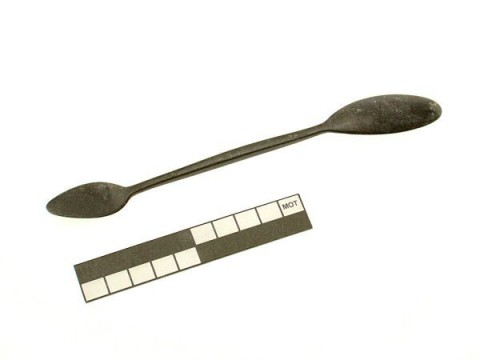
Metal modelling tool
This text can only be consulted in Dutch
<https://www.mot.be/resource/Tool/metal-modelling-tool?lang=nl>
